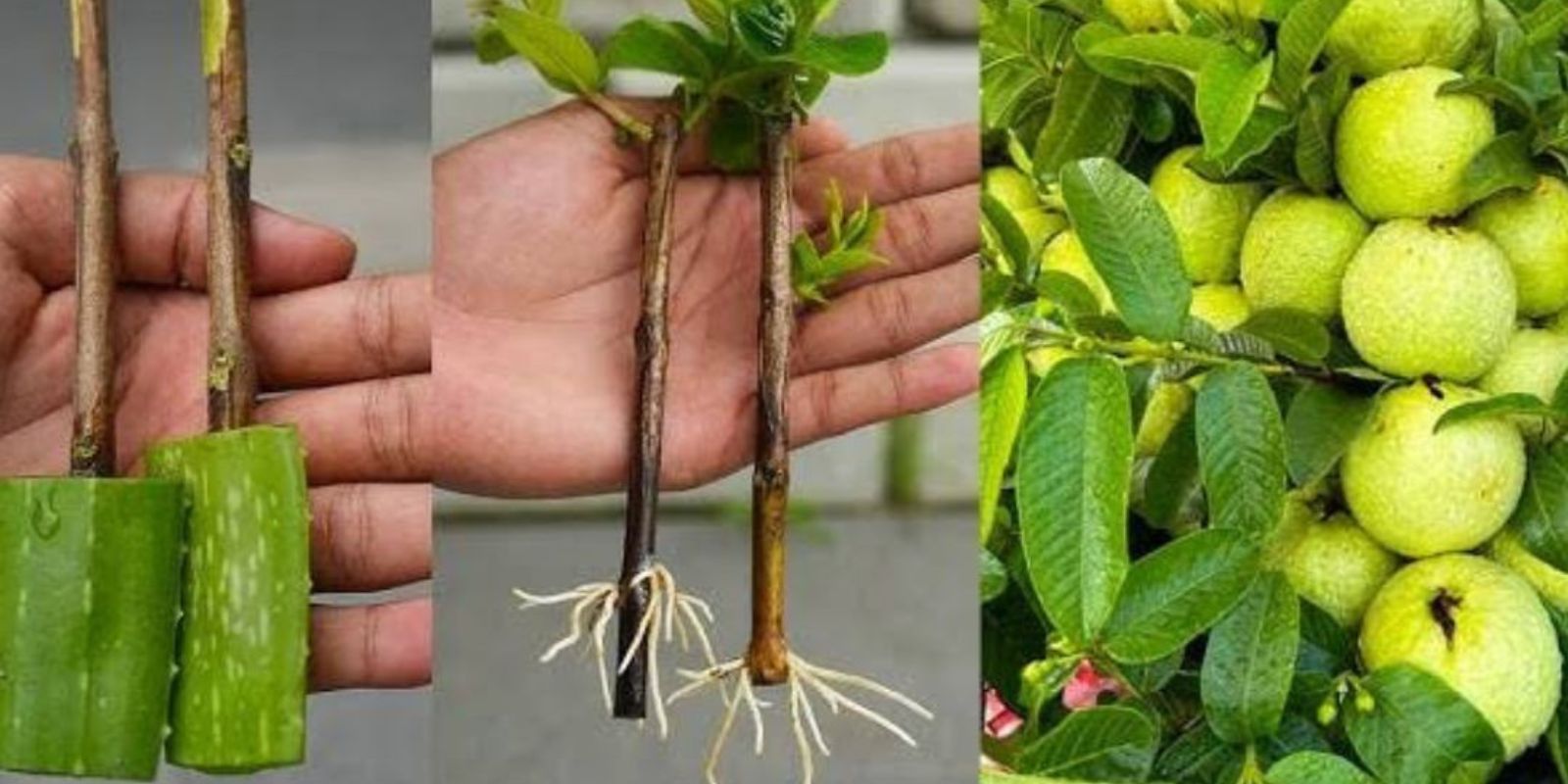Introduction
Lemon trees not only provide delicious fruit but also add a delightful fragrance and aesthetic value to your garden. Propagating a lemon tree from cuttings is an economical and fulfilling way to grow your own citrus tree. By using natural ingredients like aloe vera and turmeric, you can encourage healthy rooting while avoiding chemical-based rooting hormones. This guide will take you through the process step by step, ensuring your propagation efforts are successful and eco-friendly.
Why Use Aloe Vera and Turmeric for Propagation?
Aloe Vera is a natural rooting agent, rich in nutrients and enzymes that stimulate root growth and protect the cutting from desiccation.
Turmeric is known for its antifungal and antibacterial properties, which prevent infections and rot, common challenges in plant propagation. Together, these natural ingredients create the perfect environment for a cutting to develop strong roots.
Step-by-Step Guide to Propagate a Lemon Tree Using Aloe Vera and Turmeric
1. Select a Healthy Cutting
Start with a healthy lemon tree. Look for a branch that is semi-hardwood, which means it’s firm but still flexible.
- Length: The cutting should be about 6–8 inches long.
- Location: Choose a branch without flowers or fruit, as these can divert energy from root development.
- Cutting: Use sharp, sterilized pruning shears to make a clean cut just below a leaf node.
2. Prepare the Cutting
After selecting your cutting, preparation is key to ensuring successful propagation.
- Remove the leaves from the lower half of the cutting to prevent rot and conserve energy for root growth.
- Gently scrape a small section of the bark at the base to expose the cambium layer, which helps in rooting.
3. Treat the Cutting with Aloe Vera
Aloe vera gel is a natural rooting hormone that can boost root development.
- Cut a fresh aloe vera leaf and extract the gel.
- Dip the base of the cutting into the gel, ensuring it is well-coated.
- Let the aloe vera gel sit for 5–10 minutes to adhere properly to the cutting.
4. Apply Turmeric as a Fungicide
To prevent fungal infections and promote healthy growth, turmeric powder is your ally.
- Lightly dust the base of the cutting with turmeric powder after applying aloe vera.
- Ensure the turmeric covers the exposed part of the cambium layer.
5. Plant the Cutting
Prepare a suitable pot and soil for your cutting.
- Pot: Choose a pot with drainage holes to avoid waterlogging.
- Soil Mix: Use well-draining soil enriched with organic compost. A mix of garden soil, sand, and compost works well.
- Planting Depth: Insert the cutting about 2–3 inches into the soil. Firmly press the soil around the base for stability.
6. Create a Humid Environment
To encourage rooting, the cutting needs a humid and warm environment.
- Cover the pot with a clear plastic bag or a plastic bottle with the bottom cut off. This acts as a mini greenhouse.
- Ensure the plastic does not touch the leaves; use small sticks to prop it up if needed.
7. Provide Proper Care
Caring for the cutting during the rooting period is crucial for success.
- Light: Place the pot in a warm spot with indirect sunlight. Direct sunlight can scorch the cutting.
- Watering: Mist the soil lightly every few days to keep it moist but not soggy. Overwatering can lead to rot.
- Ventilation: Remove the plastic cover for a few minutes daily to allow air circulation and prevent mold.
8. Monitor Root Development
Roots typically begin to form within 4–6 weeks.
- To check progress, gently tug on the cutting. If you feel resistance, roots have likely developed.
- Once roots are about 2–3 inches long, the cutting is ready for transplantation.
9. Transplant the Cutting
Once the roots are well-established, you can transplant the young lemon tree into a larger pot or directly into your garden.
- Soil Preparation: Use nutrient-rich, well-draining soil.
- Spacing: Ensure ample space around the plant for growth.
- Watering: Water the plant thoroughly after transplanting.
Tips for a Thriving Lemon Tree
- Sunlight: Lemon trees thrive in full sunlight, so ensure your plant gets at least 6–8 hours of direct sunlight daily.
- Watering: Maintain consistent moisture but avoid waterlogging. The soil should be damp but not wet.
- Pruning: Regularly prune dead or diseased branches to encourage healthy growth.
- Fertilization: Feed your tree with a balanced citrus fertilizer every few months to boost fruit production.
Benefits of Propagating Lemon Trees at Home
- Cost-Effective: Growing from cuttings saves money compared to buying a new plant.
- Eco-Friendly: Using natural rooting agents like aloe vera and turmeric reduces reliance on synthetic chemicals.
- Rewarding: Watching your propagated lemon tree flourish and produce fruit is incredibly satisfying.
- Continuous Supply: Propagation allows you to expand your garden with multiple lemon trees over time.
Common Mistakes to Avoid
- Using Dry or Diseased Cuttings: Always select fresh, healthy cuttings for better success.
- Overwatering: Excess moisture can lead to root rot, so keep the soil slightly moist but not waterlogged.
- Insufficient Light: Lack of sunlight can stunt growth and delay rooting.
- Skipping Sterilization: Always use clean tools and pots to prevent infections.
Conclusion
Propagating a lemon tree from cuttings using aloe vera and turmeric is a simple, sustainable, and rewarding gardening project. This natural method not only ensures healthy root growth but also protects your plant from common diseases. With patience and care, you can enjoy a thriving lemon tree that produces fresh, homegrown lemons for years to come.
Are you ready to try this eco-friendly propagation method? Let us know in the comments, and share your progress!

